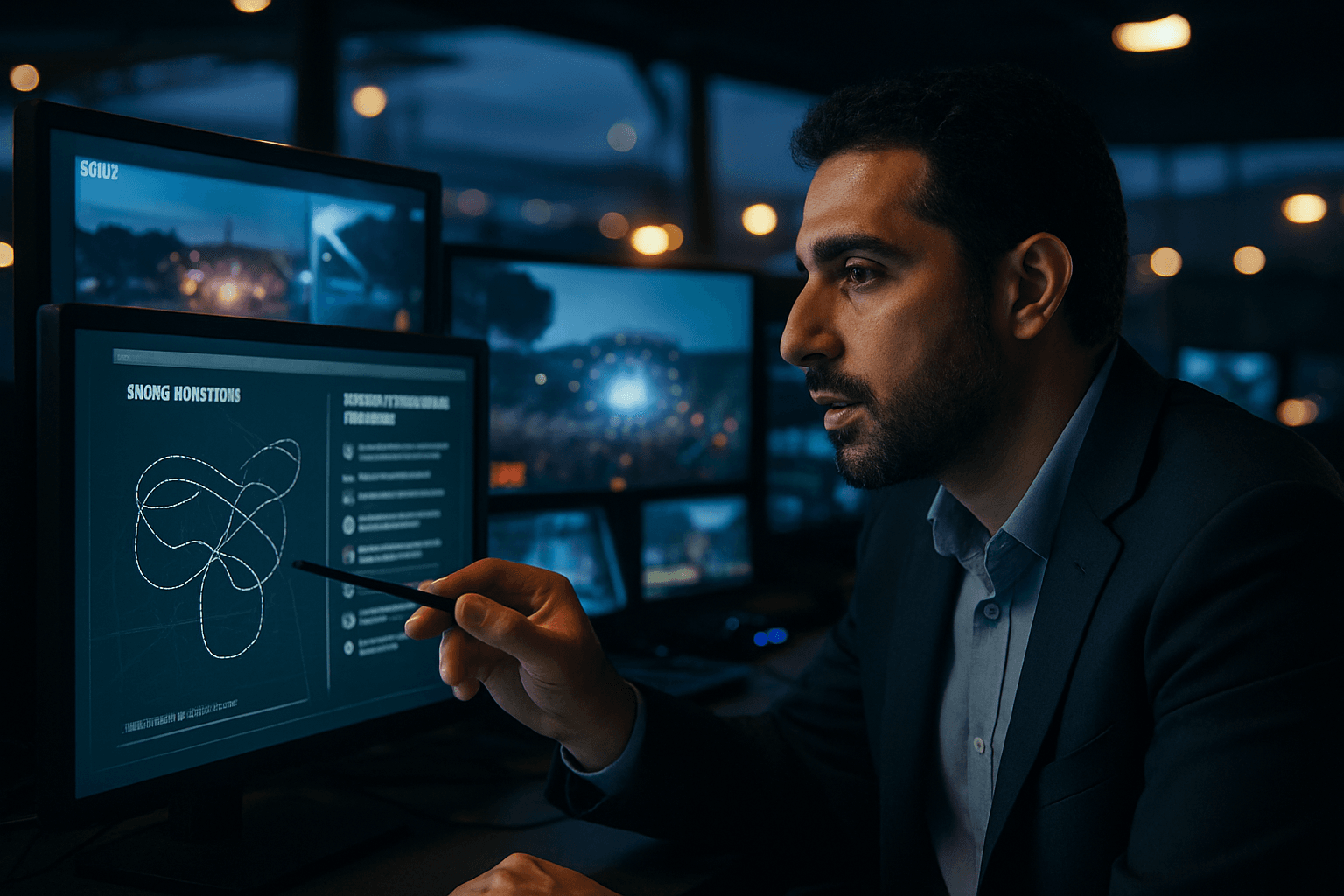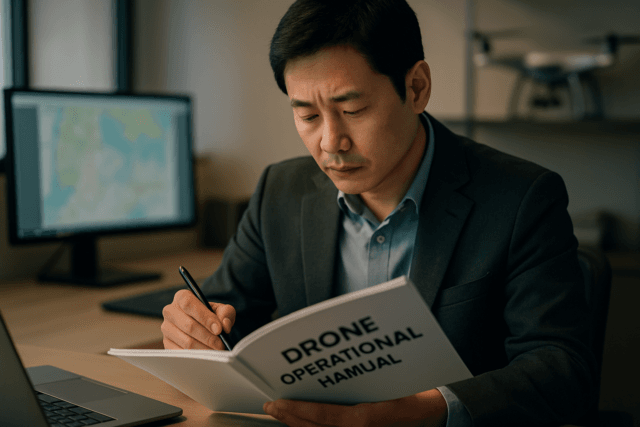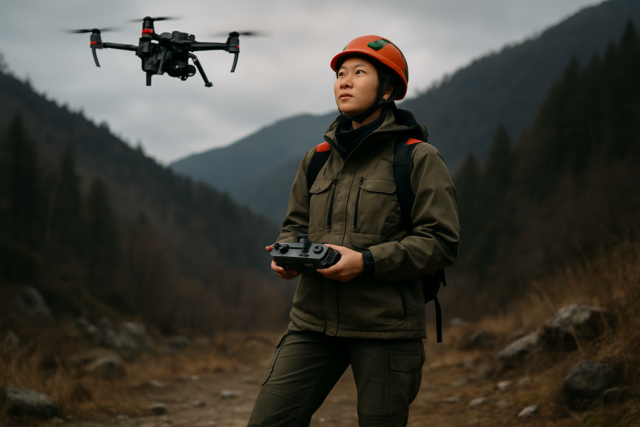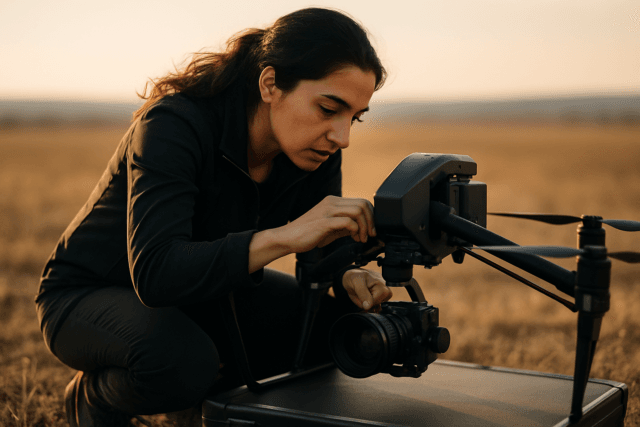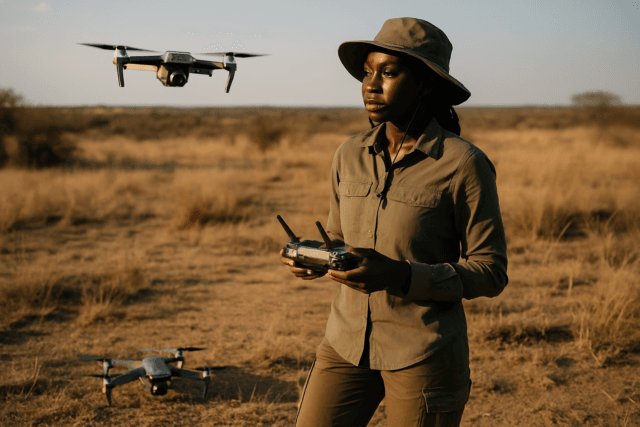The integration of drones into broadcasted entertainment events offers unparalleled visual perspectives and dynamic content, but it also introduces a complex web of legal considerations. Event organizers and drone operators must navigate federal aviation regulations, privacy concerns, public safety protocols, and intellectual property rights to ensure lawful and successful operations.
Navigating Federal Aviation Regulations (FAA Part 107)
In the United States, commercial drone operations, including those for entertainment events, are primarily governed by the Federal Aviation Administration (FAA) under Part 107 of the Federal Aviation Regulations, also known as the Small UAS Rule. This rule outlines key requirements and limitations for operating drones weighing less than 55 pounds.
Pilot Certification and Drone Registration
To legally operate a drone for commercial purposes, including filming entertainment events, the pilot must hold a Part 107 Remote Pilot Certificate. This requires the pilot to be at least 16 years old, be able to read, write, speak, and understand English, and pass an initial aeronautical knowledge test. All drones used for commercial purposes must also be registered with the FAA if they weigh between 0.55 lbs and 55 lbs. Each drone requires its own registration number, and the registration is valid for three years.
Operational Limitations and Waivers
Part 107 imposes several operational restrictions to ensure safety. These include:
- Visual Line of Sight (VLOS): Drone operators or a visual observer must maintain VLOS with the drone at all times.
- Altitude and Speed Limits: Drones generally cannot fly higher than 400 feet above ground level (AGL) and must adhere to a maximum speed of 100 mph. An exception allows flight above 400 feet if the drone remains within a 400-foot radius of a structure.
- Daylight Operations and Anti-Collision Lighting: Operations are typically limited to daylight hours. However, night operations are permissible if the drone is equipped with anti-collision lighting visible for at least three statute miles.
- Flying Over People: A critical restriction for entertainment events is the general prohibition on flying drones directly over people who are not directly participating in the operation.
For operations that cannot comply with these standard Part 107 rules, such as flying over crowds at a concert or operating beyond visual line of sight, drone pilots can apply for operational waivers from the FAA. The FAA has made the process for obtaining waivers for operations over people somewhat easier, especially for drones weighing 0.88 pounds or less, or those between 0.88 and 3.5 pounds if equipped with an ASTM-certified parachute system, prop guards, anti-collision lights, and Remote ID. When applying for a waiver, a detailed description of the proposed operation, justification for safety, and risk mitigation strategies are required. The waiver application process can be initiated through the FAA DroneZone website.
Airspace Authorization
Operating in controlled airspace (Class B, C, D, and surface Class E) requires prior FAA authorization. This can often be obtained in real-time through the Low Altitude Authorization and Notification Capability (LAANC) system. For more complex operations or those not covered by LAANC, authorization can be sought via the FAA DroneZone.
Addressing Privacy Concerns
The use of camera-equipped drones at public events raises significant privacy considerations. While individuals generally have no expectation of privacy in public spaces, filming private areas or individuals in a way that constitutes harassment or voyeurism can lead to legal issues.
Respecting Private Property
Drone operators must avoid flying over private property without explicit permission. Even if filming a public event, care must be taken to ensure the drone’s camera is not used to peep into private residences or enclosed yards. Some local jurisdictions may also have their own ordinances regarding commercial drone use and require permits or licenses.
Data Collection and Usage
Broadcasters and event organizers should have clear policies regarding the collection, storage, and use of drone-captured footage. If recognizable individuals are filmed for commercial purposes, consent or a model release may be necessary. Transparency with the public about drone operations can help mitigate privacy concerns.
Ensuring Public Safety and Emergency Response Coordination
The safe integration of drones into large-scale events is paramount. Drones can be utilized for security and crowd management, providing persistent aerial overwatch and real-time data to command posts. However, their presence also introduces potential risks that require careful planning and coordination.
Risk Assessment and Mitigation
Event organizers and drone operators should conduct thorough risk assessments to identify potential hazards, such as drone malfunctions, collisions, or interference with manned aircraft. Implementing safety protocols, including designated flight paths, emergency landing zones, and communication procedures, is crucial. Public safety agencies are increasingly using drones for event management and incident response, emphasizing the need for coordinated airspace management and safety.
Emergency Procedures
Clear emergency procedures must be in place in case of a drone malfunction or unexpected incident during a live broadcast. This includes protocols for immediate landing, securing the area, and coordinating with event staff and emergency services. Public safety summits and training events often focus on preparing for UAS operations at large-scale events.
Protecting Intellectual Property Rights
Drone footage, like any original creative work, is automatically protected by copyright law from the moment it is captured. As the drone operator, you typically own the copyright to the aerial footage you capture, granting exclusive rights to reproduce, distribute, publicly display, and create derivative works.
Ownership and Licensing
For commercial projects, especially in broadcasted entertainment, determining copyright ownership can be complex. Factors such as contractual agreements, work-for-hire doctrines, and the roles of individual contributors all play a part. It is crucial to proactively address copyright ownership in contracts between the drone services company, the pilot, and the hiring entity.
Broadcasters and production companies utilizing drone footage must secure proper licensing agreements or written permission from the copyright holder, especially if the footage is to be used for commercial purposes, integrated into films, commercials, or other derivative works. Without explicit authorization, using third-party aerial clips can constitute copyright infringement.
International Considerations
It is important to note that drone regulations and intellectual property laws vary significantly by country. Event organizers planning international broadcasts involving drones must research and comply with the specific aviation laws, privacy regulations, and copyright frameworks of each jurisdiction. For example, Canada requires drone registration for UAVs over 250 grams and pilot certification, with more flexible rules for flying over people with an “Advanced Certification.”
The legal landscape for drones in broadcasted entertainment is dynamic. Continuous awareness of evolving regulations, proactive risk management, and meticulous attention to legal agreements are essential for leveraging this technology safely and effectively.

